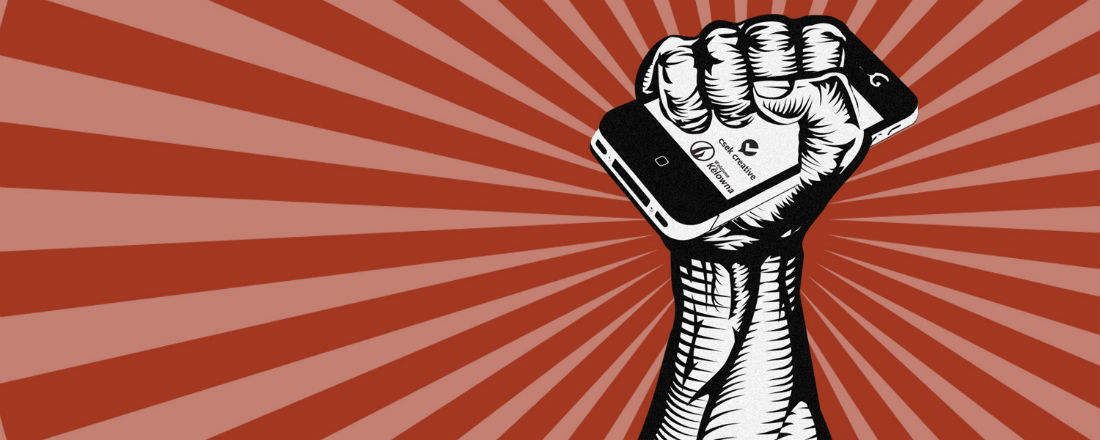Is Procurement Ready for the Mobile Revolution?
The Mobile Revolution is firmly upon us, but procurement seems to be behind the curve when it comes to adapting. Why is this?
Download GEP’s white paper on the role of procurement in the mobile revolution here.
“In all my time in procurement I have never seen a procurement person using an app.”
This was a quote passed to me by a colleague who was discussing our mobile procurement software strategy with the prospective customer.
You might be forgiven for thinking that this was some sort of dismissive statement, indicating perhaps an underlying Luddite tendency, “We’ve never used procurement software like that before so don’t see why we should start now”.
But, as it turns out, quite the reverse was true. This particular comment was made by someone enthusiastic about the prospect of a different way of employing technology, and the subtext was really, why is procurement so far behind the mobile revolution curve?
Procurement Inertia
This is a fair point. Human Resources and Sales Operations have been blessed with state-of-the-art technology solutions for some time. SaaS, and now Cloud, are de rigueur for our colleagues elsewhere in the business. But procurement still largely lumbers along with an online/offline hybrid of on-premise systems, spreadsheets and email.
As the quote implies, the inertia in procurement is not a result of lack of innovation or drive amongst the community. There is certainly a desire for a better, more efficient means to execute many of the processes and tasks encountered on a daily basis by the procurement professional.
The lag in evolution of the use of procurement software is largely a result of the legacy of direct materials management and ERP systems. Direct categories are so mission-critical that the systems used to handle planning, inventory and production are fine-tuned and locked-down to make them robust. But this in turn makes them inflexible, and the business becomes totally dependent on them.
When indirect categories are procured using the same systems, this intractability becomes a hindrance to progress and innovation. However, the ERP companies have no real interest in breaking the mould.
Technological Change
Expecting a sea-change for indirect procurement to come from that direction is probably in vain.
Decoupling the indirect categories to take advantage of up-to-date procurement technology solutions is a start. Inevitably, this requires deep thought and the investment of considerable brain power, but the results can speak for themselves.
New levels of efficiency, innovation, opportunity realisation and, of course, savings can result directly from the adoption of a new way of working with procurement software.
In a sense, that quantum jump of improvement can result solely from a procurement software system being simply better than the legacy system. Certainly, smart, professional individuals are able to force old-fashioned and outdated processes into something workable. But unleashed from such restrictions, those same people can really start to motor.
The Mobile Revolution
Mobile, app-based technology is a part of that picture. The only reason our guest has never seen a procurement person using an app is because the procurement software industry itself has been mired in the same inertia and legacy of on-premise solutions. Well, most of the procurement software industry.
Mobile technology is going to have a huge impact on business-to-business operations and procurement is a key part of that. To find out more about state-of-the-art procurement software visit www.smartbygep.com.
GEP have shared a white paper on procurement’s readiness for the mobile revolution with the Procurious community. Download it at gep.procurious.com.
